
Dutch floral roundabouts… great competition to create the best landscaped roundabout.
Another sharp difference is the massive formal tree-planting programs in towns and along the highways.
Unlike the couple of thousand new trees planted in Canberra, the Dutch plant tens of thousands of trees. When I mentioned the destruction of trees on Northbourne Avenue for our light rail project, I was reliably informed that such destruction would simply never be allowed in Holland.
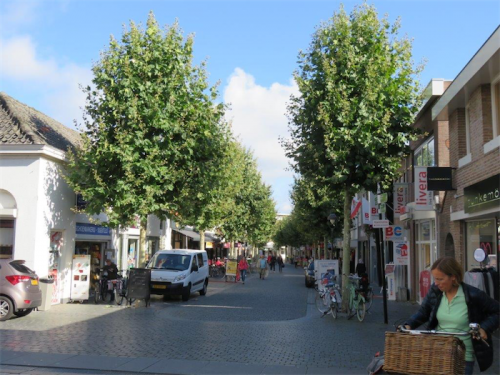
Shady street trees in Holland.
Almost every roundabout in England, Holland and France was planted with floral displays. On one large roundabout there were fountains and a rock garden.
These roundabout displays are sponsored by companies of every type of business, from car firms to real estate agents, who pay either landscape contractors or the local council to maintain them. There is great competition to create the best landscaped roundabout.
And all at no cost to the town councils.
Being away, we missed all the main spring bulb displays and many of the spring blossoms. However, when we arrived home the desolate bare trees and garden beds we left behind were replaced by trees in full leaf and all the glory of perennials.
Here are suggestions for perennials to plant now to complement the summer bulbs I mentioned recently.
It’s important to get them established before the heat of summer and a reminder to plant them in groups of say three, five or seven for maximum effect. Water in with Maxicrop Seaweed Plant Nutrient, which specifically promotes root growth.
Looking stunning right now include Lavandula “Princess”; the ground cover Convolvulus mauritanicus with its mass of bright blue flowers and Alstroemeria, which will flower from now until autumn.
Dianthus, in its many soft-pastel colours, combined with Armeria and Lychnis are looking particularly lovely.
All these plants can brighten up even a small unit balcony in containers, providing they get a few hours of sunshine each day.
THE excellent publication “Australian Plants for the Canberra Region and Other Cold Climate Areas” ($30) by the Canberra branch of the Australian Native Plant Society is now available at Canberra Sand and Gravel depots.
With a tempting profusion of coloured photos, the book would make an excellent Christmas present for anyone starting a new garden or renovating an older one.
Jottings…
- With a measly 26mm of rain in October, it looks like a hot, dry summer ahead. Which means it’s vital to mulch garden beds without delay. I recommend and only use Canberra Organic Mulch from Canberra Sand and Gravel.
- It is now fairly safe to plant out all those frost-tender veggies such as tomatoes, capsicums, eggplants etcetera.
- Roses are now in flower and it’s important to dead head the old flowers every few days to encourage new ones.
- Trim all evergreen winter/spring flowering shrubs that have finished flowering, such as daphne, spiraea (may bush), viburnums and camellias.
- Tie up climbing plants such as clematis and Trachelospermum (star jasmine).
The post Gardening / From spring to glorious autumn appeared first on Canberra CityNews.
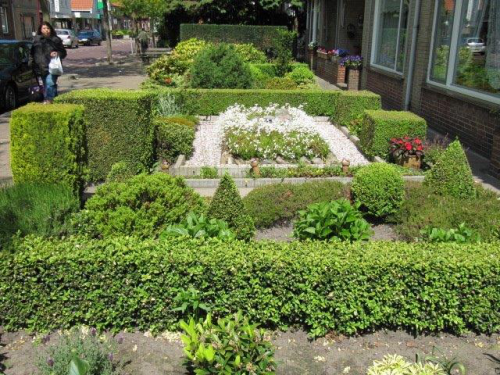

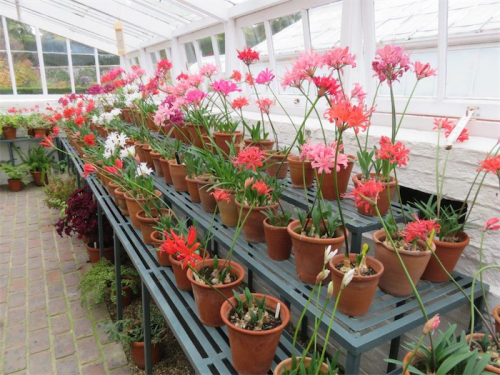
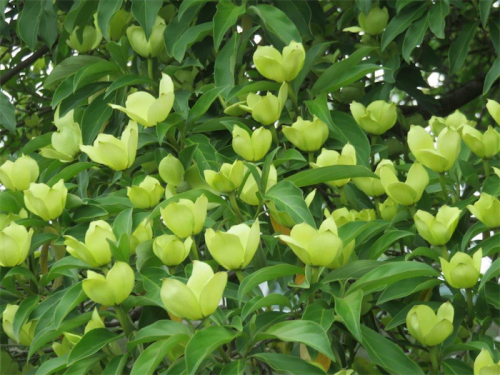

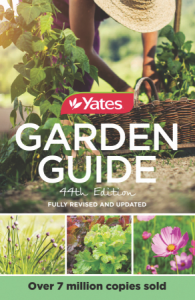 “YATES Garden Guide” just gets better and better. The 44
“YATES Garden Guide” just gets better and better. The 44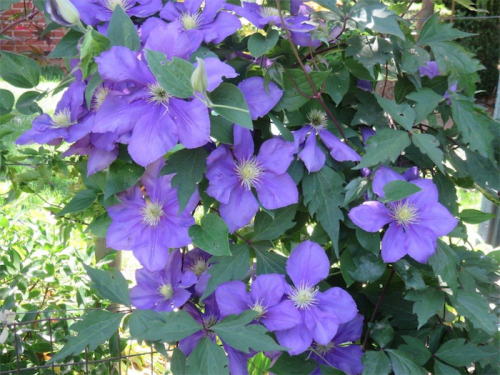
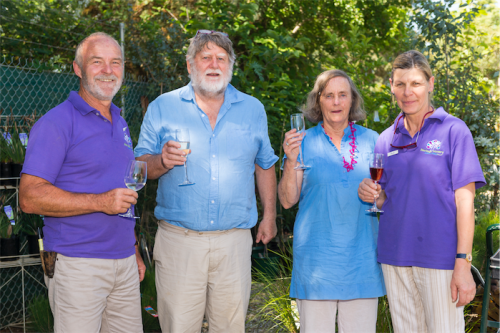
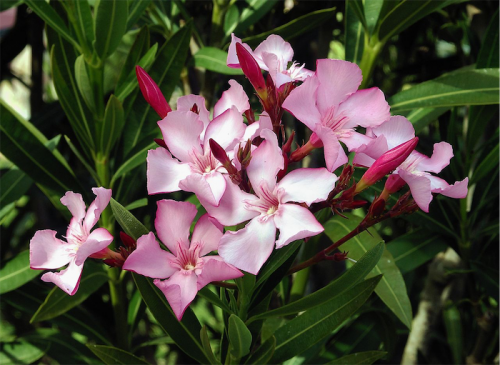
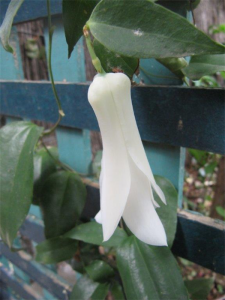

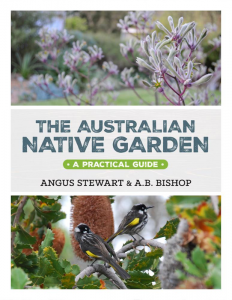 ONE of the most knowledgeable horticulturists regarding Australian native plants is the inimitable Angus Stewart.
ONE of the most knowledgeable horticulturists regarding Australian native plants is the inimitable Angus Stewart. 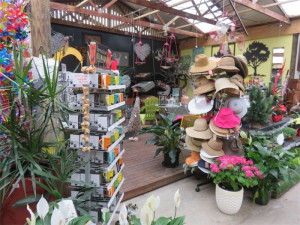 CHRISTMAS is close and with the rush on for last-minute presents, it’s worth remembering your local garden centre. These days they not only sell plants but have a variety of gifts, often costing considerably less than the big shopping centres.
CHRISTMAS is close and with the rush on for last-minute presents, it’s worth remembering your local garden centre. These days they not only sell plants but have a variety of gifts, often costing considerably less than the big shopping centres. 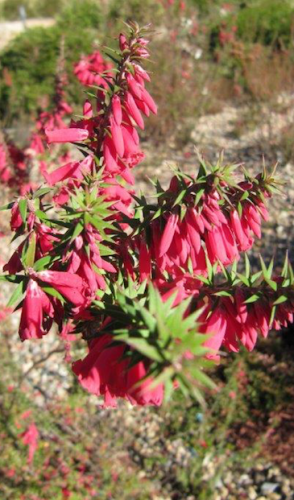

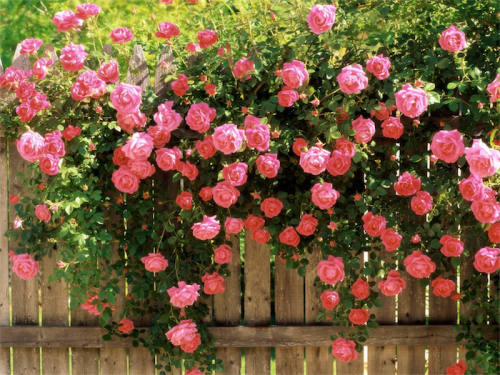
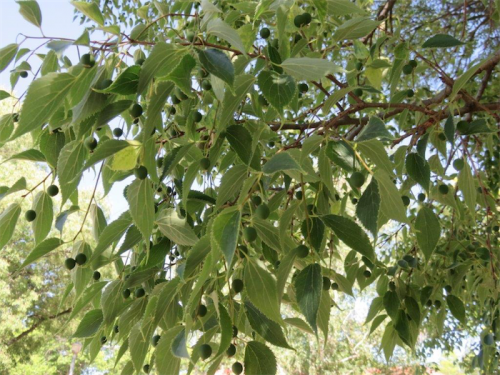
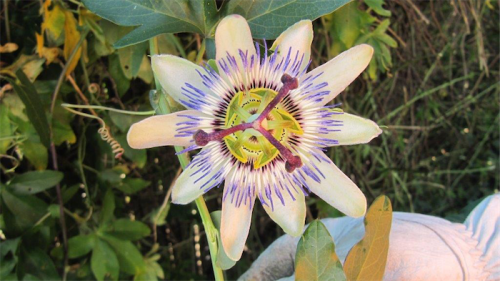
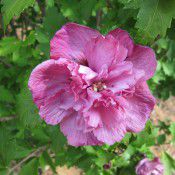
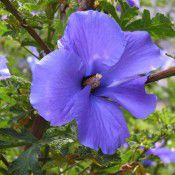
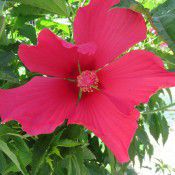
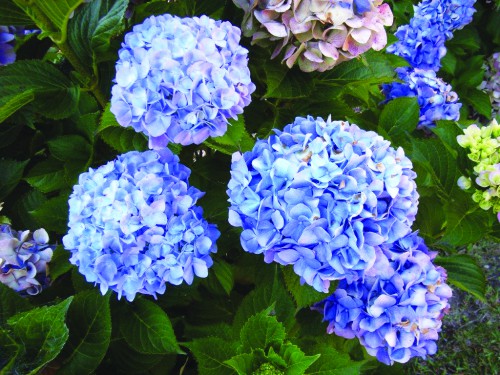
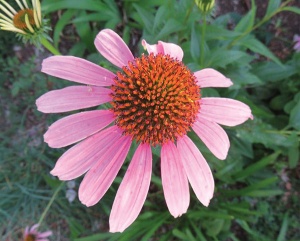
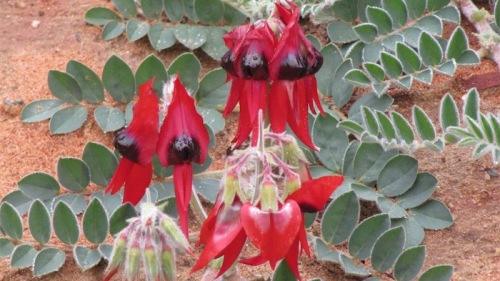
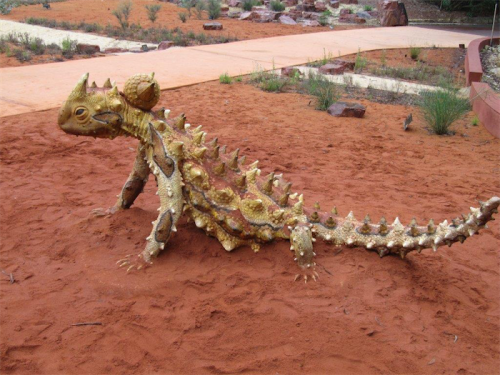
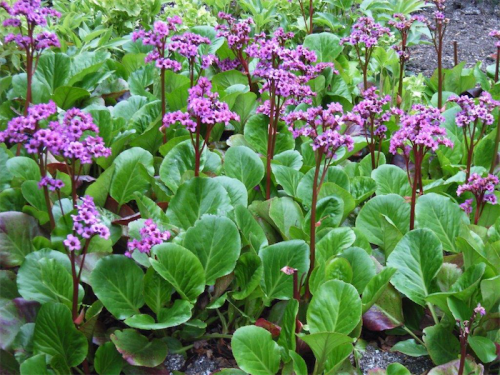
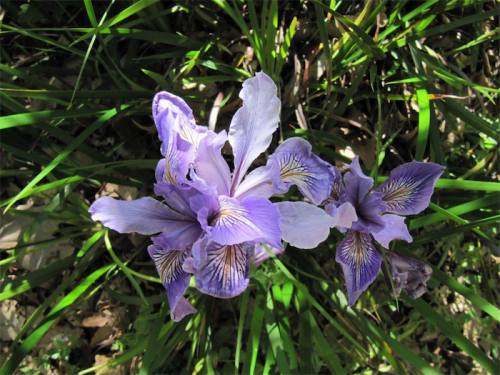
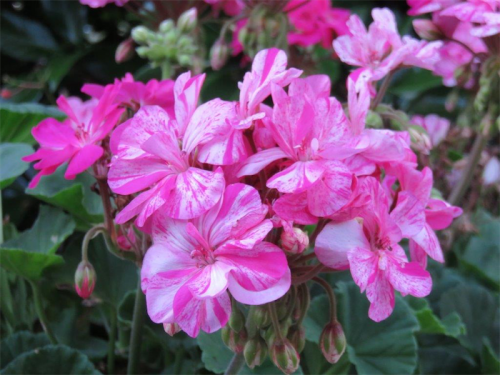
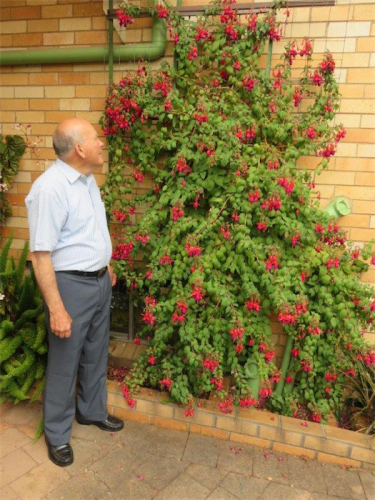
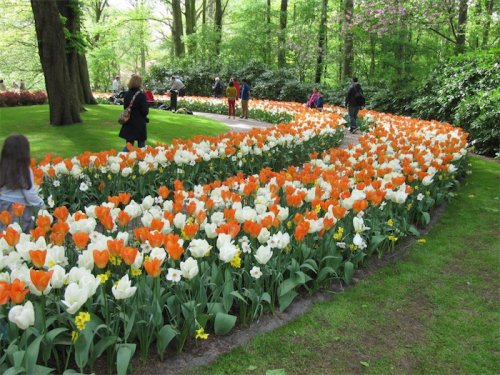
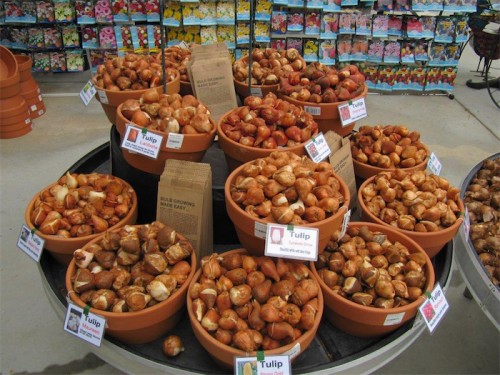
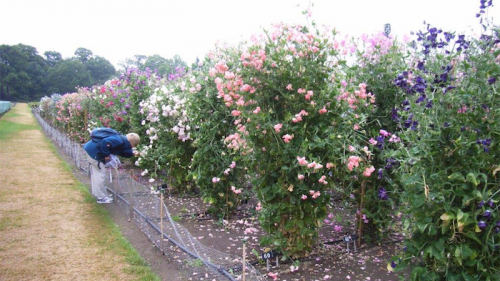
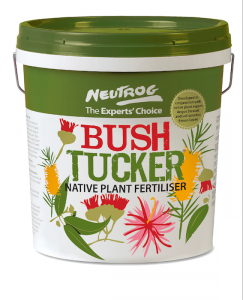
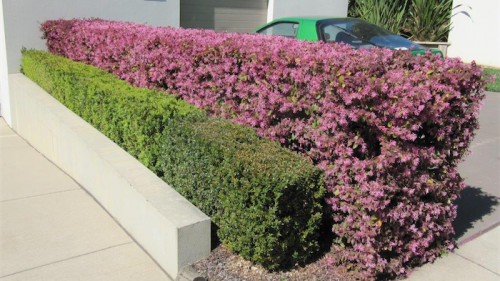
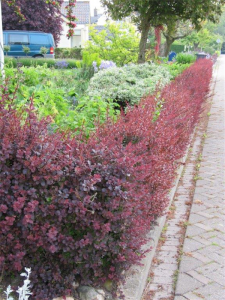
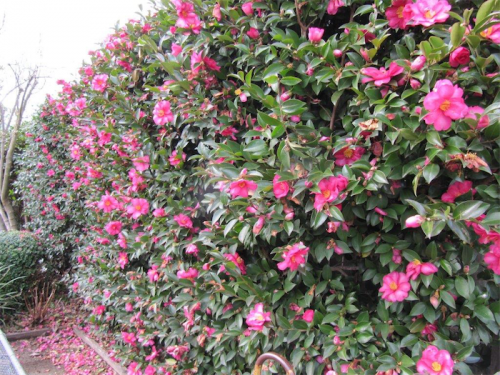
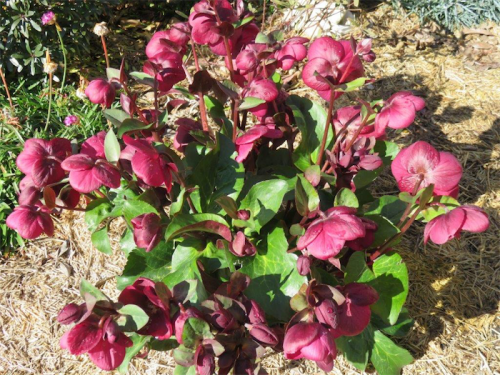
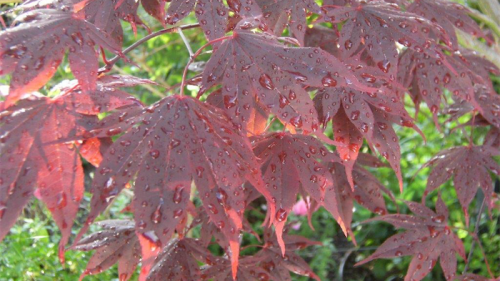
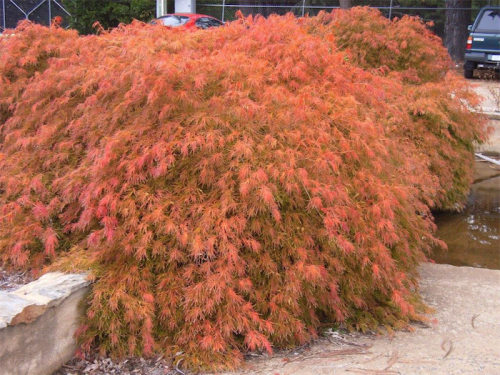
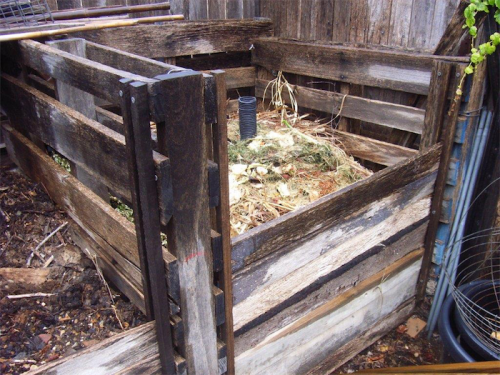
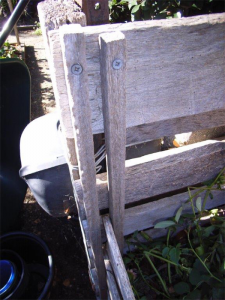
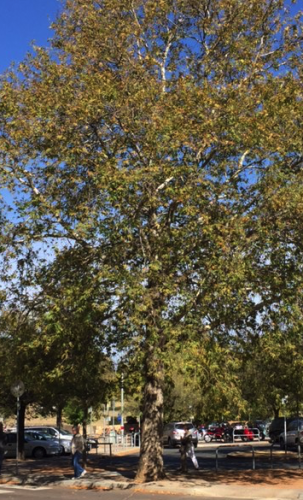 No formative pruning of new trees is taking place, virtually no pruning or even removal of dangerous trees. This is all part of Territory and Municipal Services’ “Safe and Sustainable Trees in the Bush Capital” plan, sub-titled “Urban Trees Asset Management Strategy 2005-2022”.
No formative pruning of new trees is taking place, virtually no pruning or even removal of dangerous trees. This is all part of Territory and Municipal Services’ “Safe and Sustainable Trees in the Bush Capital” plan, sub-titled “Urban Trees Asset Management Strategy 2005-2022”.